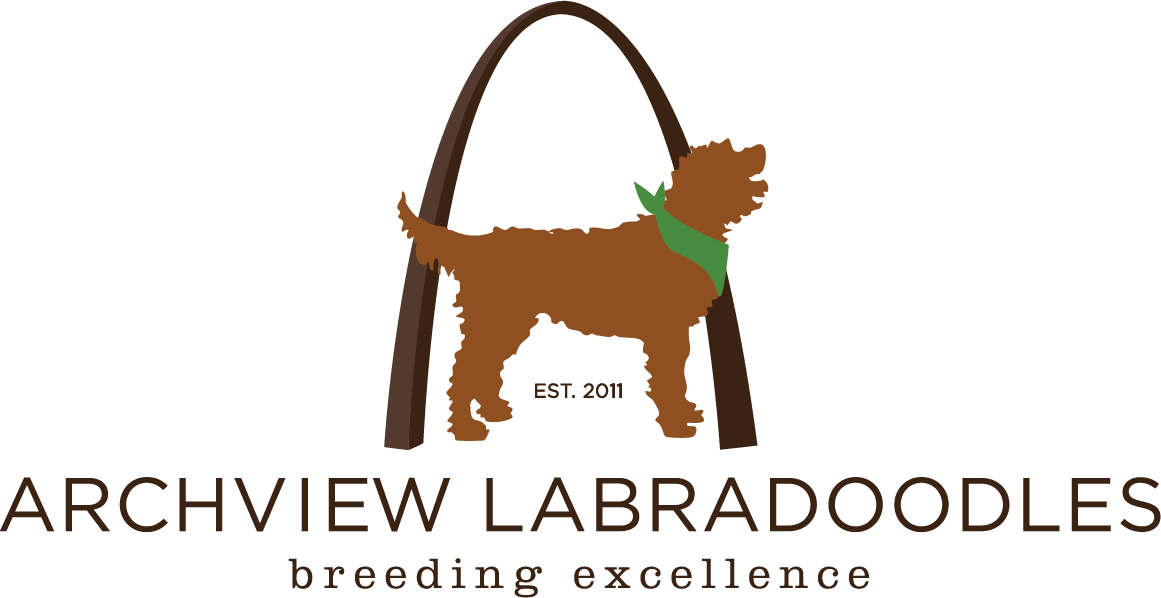
One of the most critical parts of our duties as breeders is ensuring the health and well-being of our dogs and puppies. We have enacted many bio-security policies to prevent the spread of harmful diseases. To better help you understand some of our regulations regarding visitors and more, we thought we would kick off a two-part blog with an in-depth explanation of two devastating diseases: Parvo and Distemper.
Canine Parvovirus
PetMD best summarized this description of what we commonly know as Parvo:
The canine parvovirus (CPV) infection is a highly contagious viral illness that affects dogs. The virus manifests itself in two different forms.
The more common form is the intestinal form, which is characterized by vomiting, diarrhea, weight loss and lack of appetite (anorexia). The less common form is the cardiac form, which attacks the heart muscles of fetuses and very young puppies, often leading to death.
The majority of cases are seen in puppies that are between six weeks and six months old.

As you can see, the biggest concern relating to Parvo is its ability to attack the systems of young puppies. Parvo is extremely easy to pass along, with cases being reported of owners bringing the virus home on the bottom of their shoes. And the scariest part? There are studies showing that it is possible for the virus to live in the soil for long periods of time, even up to one year.
If you are local to the St. Louis area like we are, it is important to note that our local veterinarians are reporting high rates of Parvovirus currently. We will discuss what you can do to prevent the spread of this disease to your furry friends later on.
Canine Distemper
Canine distemper is a virus that attacks the respiratory, gastrointestinal, respiratory and central nervous systems in dogs. Like Parvo, Distemper is highly contagious and can be passed along from dog to dog through direct contact. Coughing, sneezing, or the touching of another dogs urine, blood or saliva can all lead to spread of this deadly disease.

Puppies and young adolescent dogs who are not vaccinated are at the highest of contracting Distemper. Young puppies who come in contact with Distemper are in grave danger. The virus will hit their systems rampantly and travel to the brain, leading to seizures and a severely weakened immune system.
Puppies cannot receive their first Distemper vaccination until they are six to eight weeks of age. As you can imagine, this leaves our newborn puppies extremely susceptible to this deadly disease.
Signs and Symtoms
The key to life-saving measures when it comes to these two viruses is quick diagnosis and treatment. Here are some signs to watch for:
Parvo
Dystemper
- Sneezing
- Coughing
- Thick mucus discharge from the eyes and nose
- Fever
- Lethargy
- Sudden vomiting or diarrhea
- Loss of appetite
How to Keep Your Puppy Safe
The most important thing is to vaccinate your puppy, however, puppies are not able to get started on the Parvo or Distemper shots until they are six weeks of age. Both vaccines are a series of shots which are not entirely effective until the course of vaccinations have been finalized.

All Archview puppies leave for their new homes up-to-date on all age-appropriate vaccines, but it is up to you as their new caregiver to ensure they stay on the proper vaccination protocol. Your Veterinarian will help you schedule all of the appropriate shots at the right time.
In the mean time, here are some tips and tricks to prevent the accidental spread of these deadly diseases:
- Do not visit or take your new puppy to places with high dog traffic such as pet stores, dog parks, etc.
- If you or your pet must visit these places, pick your pet up and do not let them walk on the ground. Leave the shoes you wore in these places outside or out of reach from your puppy. Even them chewing on your shoes if they came in contact with Parvo can be deadly.
- Follow routine sanitation practices at home. Get in the routine of cleaning your puppy’s kennel frequently, pick up all fecal matter around the yard, and always wash your hands after interacting with an unknown dog before petting your dog.
Now that you are a little more familiar with these diseases, it will be easier to understand some of our bio-security policies at Archview. Stay tuned for blog number two!







Leave a Reply